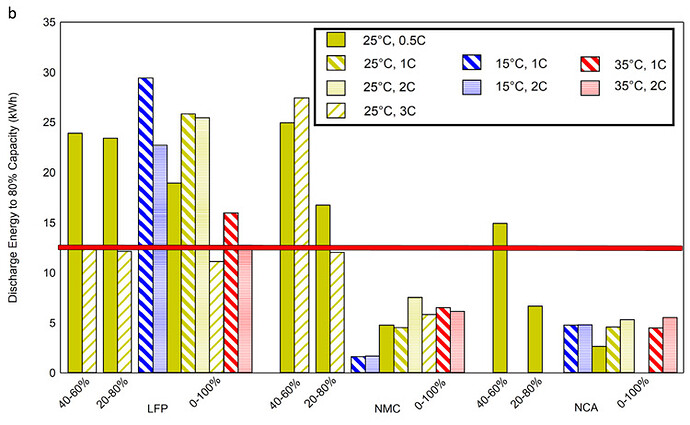There is a learning curve.
I am very electricity savvy, and batteries are more akin to chemical engineering than electrical.
Especially Lead - Acid.
That said.
LA’s should be resigned to rural electric fences and the like. They do have a place.
LiFePo is the way to go if you’re serious.
That said.
Option 1: Expensive BMS inclusive options, most seem to work well, but market research/user references is the task.
Or
Option 2: Diy options, which involve tinkering, but have the potential to work well at around half the price ( if you’re lucky). This option also involves market research and a lot of technical nous as well.
In hindsight, if I hadn’t of cut my teeth on LA’s, I would’ve probably of made some far more expensive mistakes going DIY lithium first. I would have loved to have saved that money, but the truth be known, if I hadn’t spent it then, I would have spent more later.
And it took time… years of insight.
I don’t like having protocols and proprietary stuff that just happens, that’s me.
That my problem with Pylontechs and their ilk. I want to be in control, I want to understand what is happening. I want to refine and tailor to my needs.
So a DIY bank will be cheaper money-wise for me, but that is only because I have such a background and I have paid the school fees. I don’t kid myself about that.
If I was advising extended family, I would recommend: Pay the extra money and get a proven off the shelf product like Pylontech or similar and have it professionally and reputedly installed. Get the after-sales service and realize it will cost.
If anyone thinks they can circumvent either route, (knowledge or cost) it will end in tears.
You will revisit this exercise from the beginning.
In other words, pay someone who has spent the school fees, or spend them yourself.
Of course, everyone knows better, that is human nature, so off you go…

